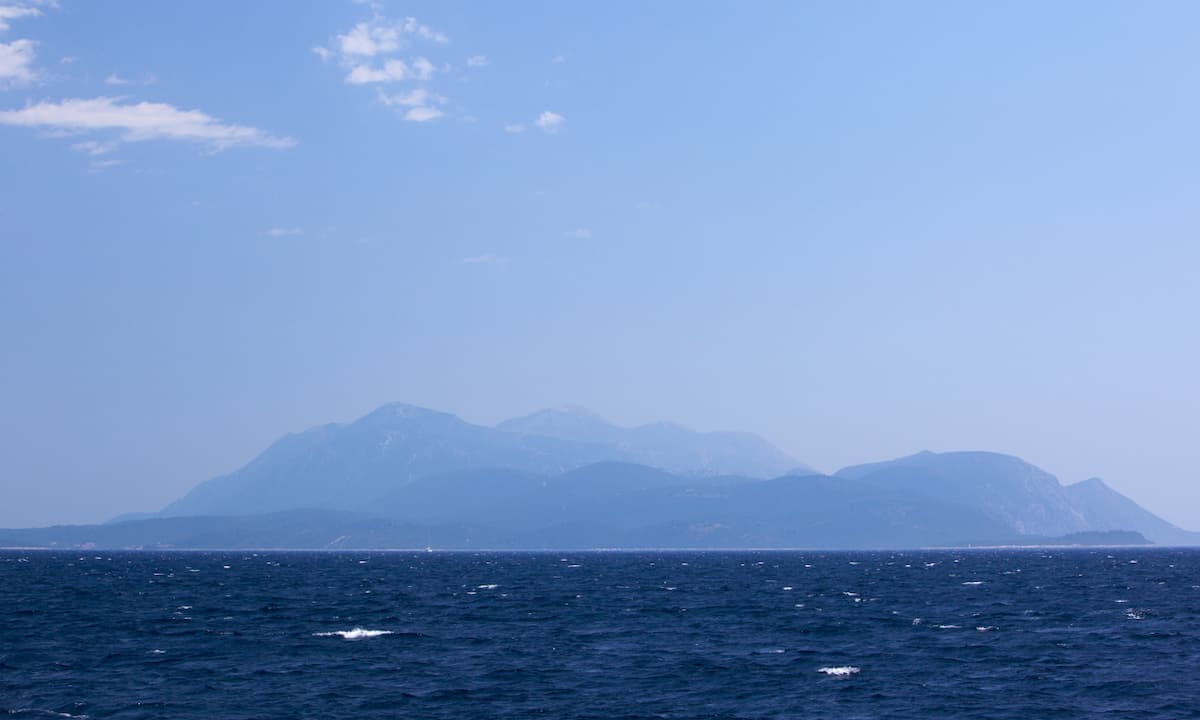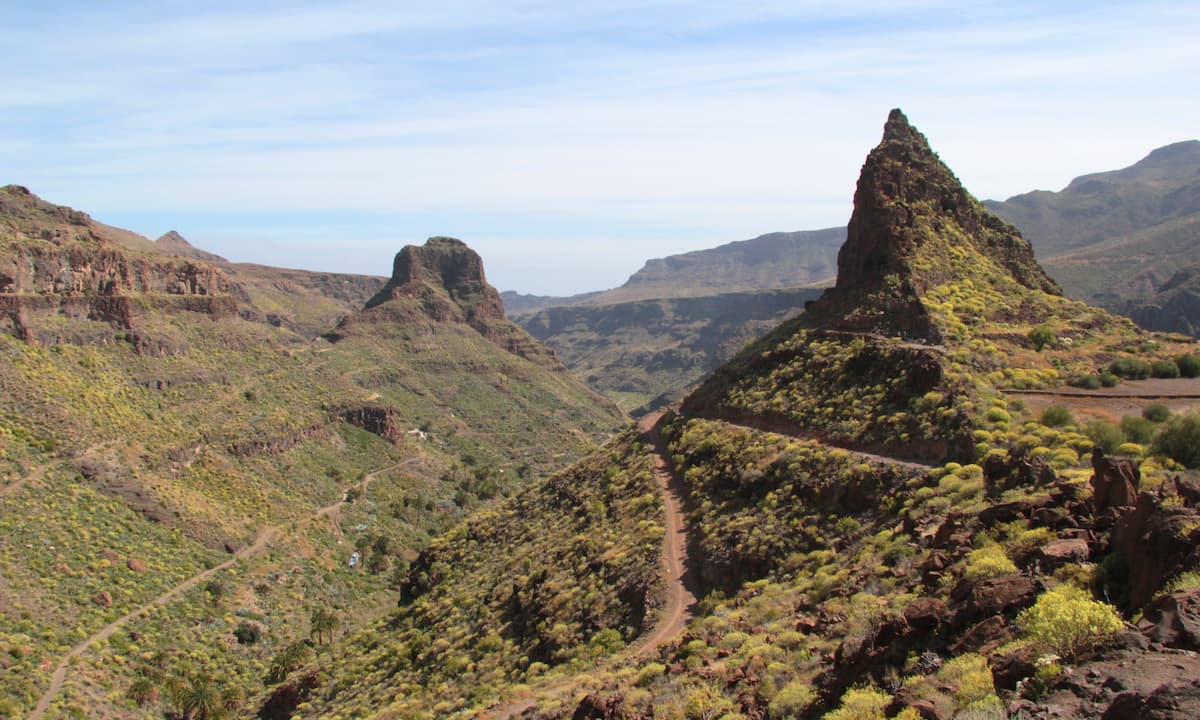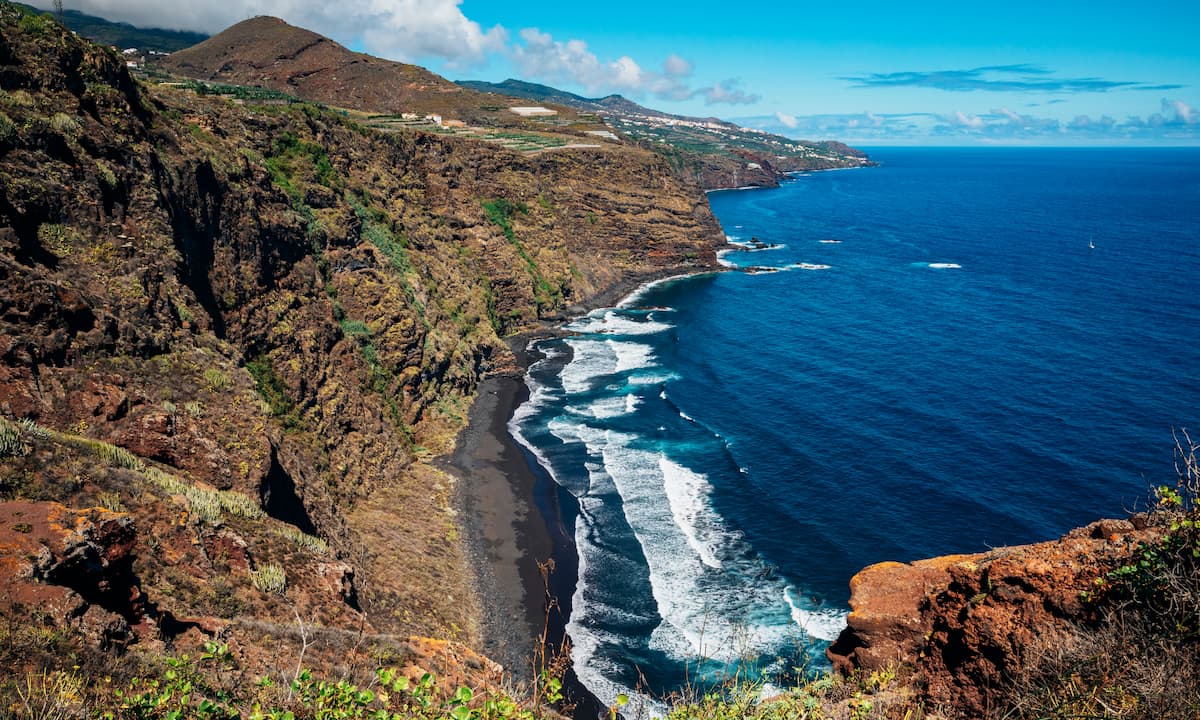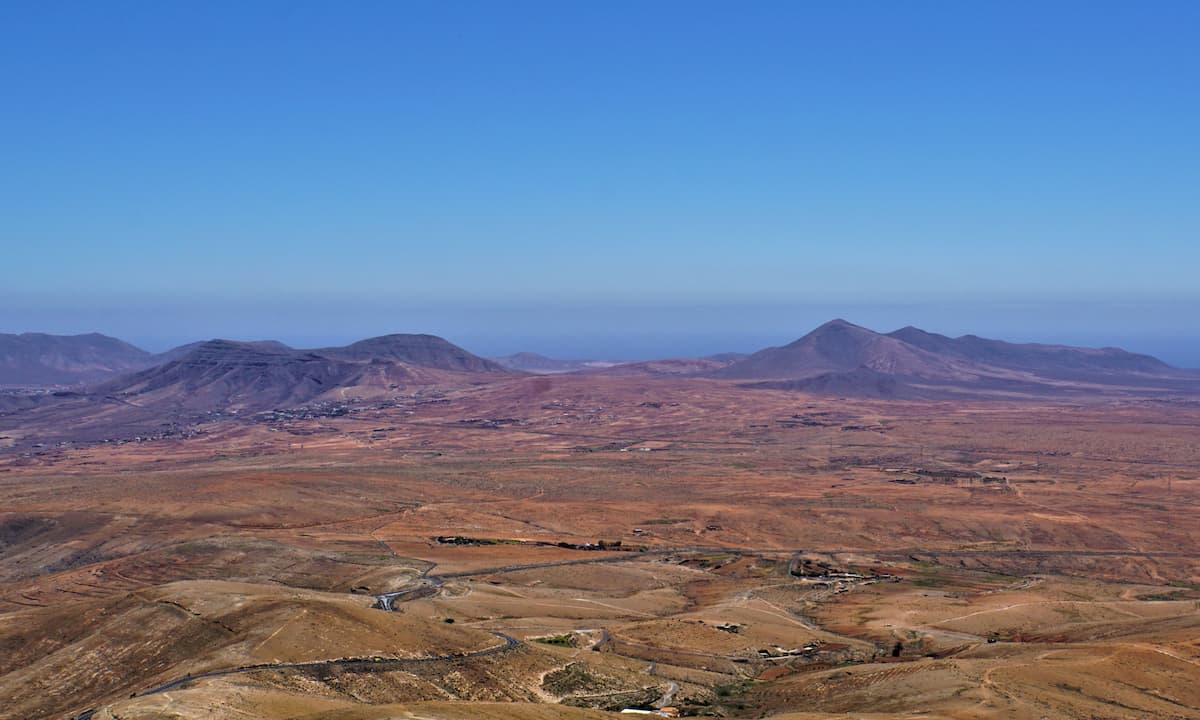Famous myths and legends of the Canary Islands

Legends in the Canary Islands are a key element of the region’s culture and history. Passed down from generation to generation, these stories have become an integral part of Canarian identity.
Behind each myth is a unique story that is often related to the geography of the islands, the local flora and fauna, as well as to historical and cultural events. Would you like to find out more?
The ghost island of San Borondón

Legend has it that the island of San Borondón is somewhere in the Atlantic, near the archipelago. It is a mystical island that comes and goes with the fog and is home to a religious community whose inhabitants live in peace and harmony.
The existence of San Borondón has been passed down over the centuries in the Canary Islands, and it is the subject of many stories, poems and songs. It was the engineer of King Felipe II, Leonardo Torriani, who first described its size and location between La Palma and El Hierro back in the 16th century.
Moreover, according to author Juan Tous Milá in El plan de las afortunadas islas del Reyno de Canarias y la isla de San Borondón (The Map of the Fortunate Isles of the Kingdom of the Canary Islands and the Island of San Borondón), there are dozens of maps that show the mysterious island. Two such examples are the 13th-century ‘Hereford Planisphere‘, and the “Pinciano Letter” from the 14th century.
According to legend, the island was discovered by St Brendan, a 6th-century Irish monk who sailed across the Atlantic in search of the promised land. St Brendan supposedly landed on the island and described it as heaven on earth.
There are records of other mentions made by many sailors who claimed to have reached its shores, although none could provide evidence to back up their claim. There are reports that the island is visible from the coasts of the other Canary Islands at certain times of the year, when weather conditions are favourable, while others claim to have seen it at any time of the year.
The story remains an important part of Canary Island culture. It’s still told to visitors and tourists who come to the region. Even today, some sailors claim to have seen the island in the distance, though nobody has been able to prove its existence.
The Legend of Bentejuí

The story of the conquest of the Canary Islands is one of the most fascinating from the Middle Ages. The islanders, who had lived in isolation for centuries, saw their world change radically with the arrival of the Europeans. However, they didn’t give up without a fight. The Canary Islands were divided into tribal kingdoms known as guanartematos, each led by its own chief, or guanarteme.
According to historian José de Viera and Clavijo in Noticias de La Historia General de Las Islas Canarias (Events from the General History of the Canary Islands), one of the best-known leaders of the local islanders’ resistance was Bentejuí, the guanarteme of Telde.
Bentejuí was the son of the guanarteme Bentagoyhe, but he could not inherit the position because he was a minor at the time of his father’s death. Instead, the guanarteme of Gáldar, Tenesor Semidán, took over in the interim.
In 1481, the treaty known as the Calatayud Charter was signed, through which the Canary Islands became part of the Kindgom of Castile. However, not all the island leaders agreed to this arrangement. Bentejuí opposed the capitulation and moved to the mountainous inland areas of Gran Canaria to oversee the island’s final stand.
The Ansite Fortress, located in the Tirajana gorge, became a refuge for the local islanders. The fortress was made up of three rock outcroppings: Fortaleza Grande or the main fortress, Fortaleza Chica and Titana. Given Bentejuí’s refusal to accept the new government, Tenesor travelled to the Fortress to try to convince him and Princess Guayarmina, the daughter of the Mencey (King) of Güimar, to cease their rebellion.
After an intense meeting, Guayarmina decided to turn herself in and began her descent from the mountains. However, Bentejuí and his loyal high priest, Tazadre, refused to give up and climbed to the highest part of the Fortress. In keeping with the Canarii ritual, they leapt into the void as they cried Atis Tirma (For You, Land). The death of the chieftain ended all the armed and organized resistance to the conquest of Gran Canaria.
The story of Bentejuí and Tazadre is one of the most cherished in the Canary Islands. Their sacrifice and bravery have been the subject of numerous popular legends and songs. Despite the defeat, the lore of the original inhabitants has persisted through the centuries, and their cultural legacy endures to this day. The conquest of the Canary Islands is a sign of how complex and nuanced history can be, and how resistance and sacrifice can come to symbolize the struggle for freedom and independence.
The Salto del Enamorado (Lover’s Leap)

Love is a common theme in many legends of the Canary Islands. The municipality of Puntallana on the island of La Palma provides the setting for this tragic story.
Legend has it that a shepherd was infatuated with a girl who did not return his affection. The young woman, tired of the shepherd’s insistence, decided to give him an impossible test to get rid of him.
She challenged him to jump over a ravine three times. If he could pass the test, the maiden would return his love. The intrepid shepherd held the pole and made the first leap, shouting “in the name of God” and landing safely on the other side. Emboldened, he planted the pole and leapt again, exclaiming “in the name of the Virgin” and once more landing safely. Finally, as he was preparing to jump it for the third time, he shouted “in the name of my beloved” but fell into the void.
Ever since, this location has been known as the “El Salto del Enamorado” to immortalize the shepherd’s daring.
The light of Mafasca

According to an old legend from the island of Fuerteventura, a group of shepherds was returning home after a long day of work in the fields. Tired and hungry, they decided to stop to light a fire and roast a ram they had killed that same day.
While looking for wood to kindle the fire, one of the shepherds found a hidden wooden cross, and although one of them assumed that someone must have passed away in that very spot, the shepherds all ignored the memory of the deceased and decided to use the cross as kindling.
Once the cross was consumed by the flames, a small light emerged from the fire and began to move among the shepherds, who realized that the light was the soul of the deceased whose rest they had disturbed.
The shepherds ran away terrified, with the light chasing them until it disappeared along the path. Legend has it that the light of Mafasca appears at night on the island’s lonely roads as a reminder not to disturb the dead.
Although the original story has undergone some changes over time, the essence remains the same: carelessness and a lack of respect for the dead have consequences.
Categories: Canaries, Be inspired



Leave a Comment